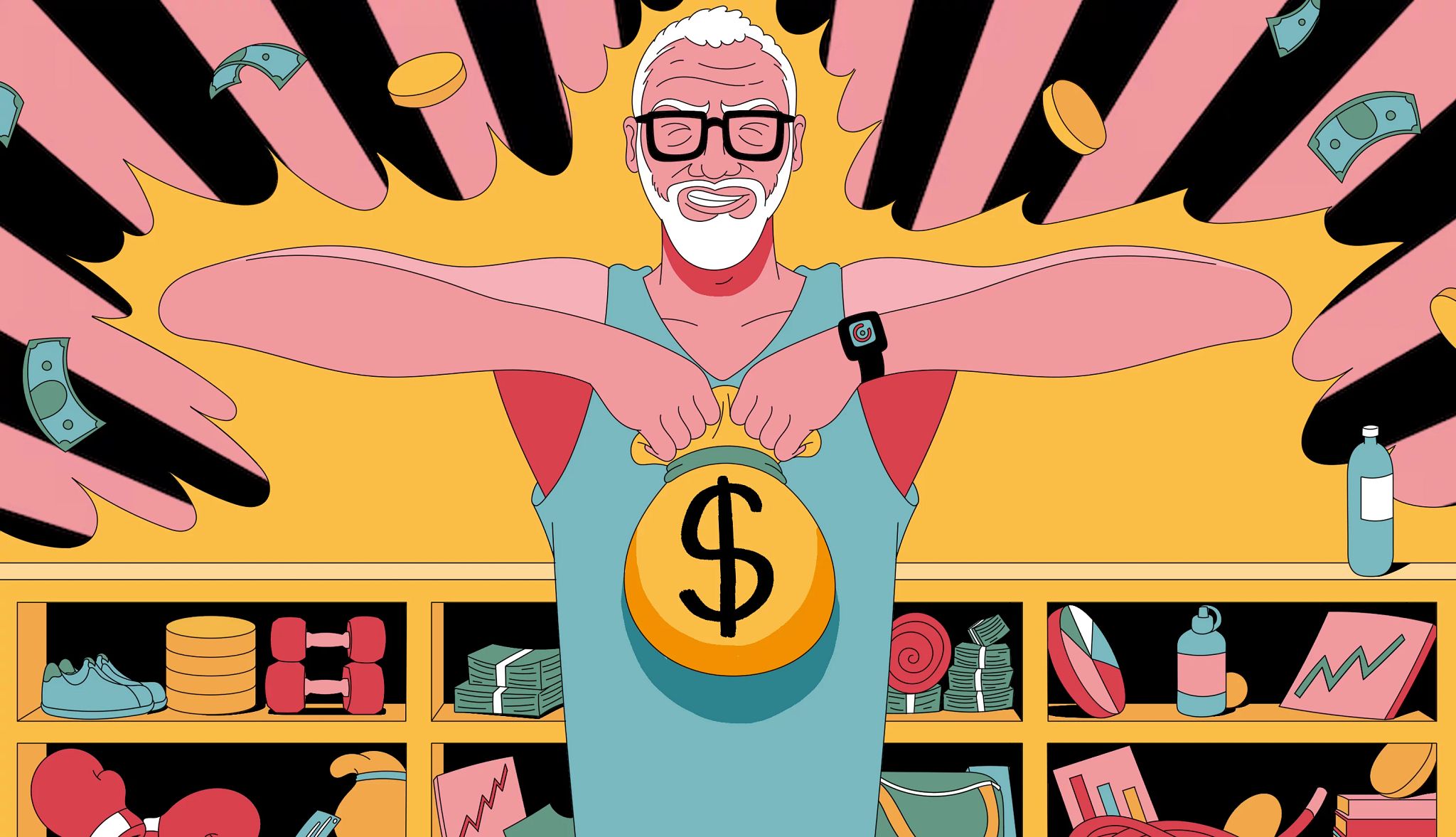AARP Hearing Center


You don’t have to pump iron to get fit — financially fit, that is. With a little bit of effort, focus and discipline, retirees can achieve key financial goals.
Still, living on a fixed income in retirement can make it challenging to adapt to rising costs, expensive medical care and other curveballs life throws your way. But with the right financial fitness regimen, you can ensure that money worries won’t drag you — or your nest egg — down.
Here are five expert-recommended ways to whip your finances into great shape in retirement.
Build endurance: Make your budget go the distance
It’s a marathon, not a sprint, as the saying goes. When it comes to your money, this means making sure your savings will be sufficient to carry you through your retirement years.
“Cash flow is key for retirement,” says Peter Gallagher, managing director of Unified Retirement Planning Group in Briarcliff Manor, New York. “Because of inflation and things like that over the next 20 years, it's so important to make sure you’re not overspending, because you have a fixed amount of money.”
Making a budget doesn’t have to be complicated, Gallagher says. “You can just use a simple spreadsheet,” he says, or a budgeting app such as EveryDollar, YNAB (the acronym stands for “you need a budget”) or Monarch. At its most basic, a budget is just the sum of your monthly income streams minus the sum of your monthly expenses and debt payments. Log both sets of numbers into a spreadsheet or app and you can quickly see how much money you have left over or if you’re living beyond your means.
For expenses like property taxes or insurance plans that aren’t billed monthly, Gallagher says, take the amount you pay annually and divide it by 12 to determine the monthly cost. Set that money aside every month — perhaps by transferring it into a savings account linked to your checking account — so you’ll have the funds available when the bill comes due. And don’t forget to include in your budget expenses for which you’ve set up automatic payments, he adds. While automated bill payments can be convenient, they can also make it easy to forget or overlook how much you’re really spending.
If you had a household budget when you were working and haven’t updated it, it’s a good idea to revisit it in retirement, says Rick Kahler, founder of Rapid City, South Dakota-based Kahler Financial Group and a certified financial therapist. “The expenses may not include some of the things when you were raising a family or working a job, but there might be some new expenses that come in,” he says, such as travel or medical costs.
Core work: Save an emergency fund
Just as strong abdominal muscles stabilize your body, a cash stash can keep your finances steady when life knocks you off-balance. While having 401(k) or IRA investments is great, in the event of an emergency such as an unexpected car repair or medical bill, you don’t want to have to dip into your nest egg, especially if you’re under age 59½ and could get hit with an early withdrawal penalty.


































































You Might Also Like
How Retirees are Winning Big by Becoming ‘Sweepers’
These older adults have turned sweepstakes into a full-time job — and they’re cleaning upRetirement Mistake: Delaying Move to Retirement
After an interstate move, this couple struggled to find a community to call home
How to Know if You Need a Retirement Coach
Working with a pro can help you plot your next big step